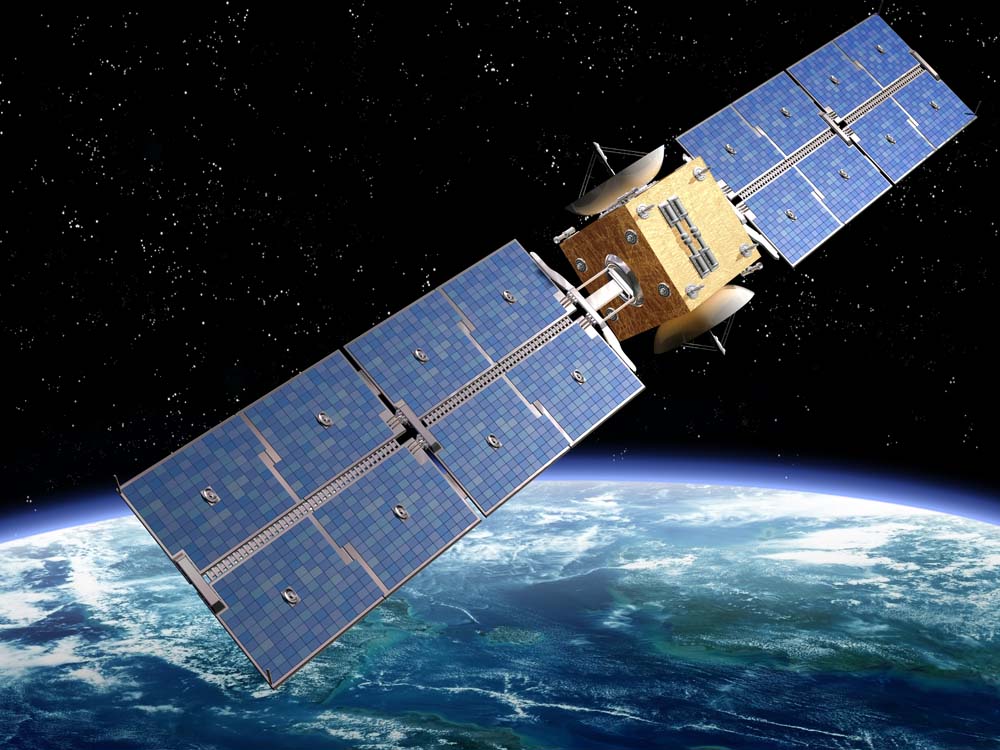
Satellite-based technology offers the possibility to apply charging and tolling across wide geographic areas. Privacy and enforcement issues give rise to the need for more uniform approaches, however
Periodically, given the march of technology, it is worth pausing and taking stock of where we have got to and where we go next. Such reflections are necessary if we are to take full advantage of what we have at our disposal and, potentially, avoid decisions which push us down technological culs de sac.
A look at the use of Global Navigation Satellite System (GNSS)-based technology for charging and tolling is a case in point.
GNSS-based tolling is currently enjoying increased application as greater emphasis is given to wide-area applications involving more than just a small number of selected routes or corridors. This is for applications on both strategic inter-urban and rural road networks as well as in urban areas. Russia, for instance, has mandated the use of its GLONASS system for truck tolling on its strategic roads while France’s nationwide Écotaxe scheme will use hybrid 5.8GHz Dedicated Short-Range Communication (DSRC) technology and GNSS. Elsewhere, Singapore is exploring a hybrid GPS/5.9GHz DSRC-based solution to improve its city congestion charging scheme and in the US state of Oregon, distance-based charging of electric vehicles has been trialled using GPS technology.
In the case of the Russian and French projects, their sheer geographical scale makes GNSS a pragmatic choice because of the reduced infrastructure need, so does GNSS render other technologies obsolescent or even obsolete?
Technology selection
An answer to that question needs to consider a charging or tolling system’s intended purpose – a part of the definition and selection process which should never be allowed to fall out of vogue – as well as the state of technological progression.The juxtaposition of ‘traditional’ tolling, which aims to generate sufficient traffic to support the building and maintenance of roads and associated infrastructure, with charging schemes designed to address congestion and carbon emission issues gives rise to some interesting dynamics. One is keen to encourage road use while the other looks to reduce it. In some respects, therefore, the two are incompatible and while that does not make the choice of technology exclusive, it is (or should be) a main driver.
The implementation of charging on all roads for all vehicles has particular appeal. It can certainly make a major contribution to congestion and carbon emissions management but it comes at a very high cost. Even with the use of GNSS, the cost of building and operating such a system is significant. If a main goal is revenue generation – whether to provide for infrastructure upkeep or to encourage modal shift by providing greater funds for mass transit –then the operating costs may simply be too high. It may be that a solution which targets certain types of vehicle on certain roads in a closed corridor system may be more profitable.
Truck tolling on strategic roads is a case in point and a number of successful schemes are now in operation. With a small number of exceptions, such Germany and Slovakia, these have tended to use DSRC technology – and for good reason: the technology and supporting standards are mature and well understood by road operators. Also, crucially, the system is understood by the venture capitalists that provide the backing for infrastructure projects. When dealing with such institutions the ability to precisely predict the chosen technology’s transaction capture rates and therefore returns on investment, should never be under-estimated.
GNSS developments
At present DSRC continues to offer advantages – but only for certain applications. GNSS technology continues to improve with positional accuracies getting better and there are two main reasons for this. One is that from a realistic choice of one GNSS constellation only a few years ago (the US’s GPS), we face a future situation which offers an embarrassment of riches. Russia is continuing to restore to health its GLONASS constellation while theBoth the technology standards (including those which govern security and interfacing with geo-databases) and industry understanding of GNSS are now mature enough to allow viable systems to be deployed.
Where challenges do arise for systems designers and suppliers is in the increasing number of ‘flavours’ of charging and tolling system. France’s Écotaxe provides an example, not least because within the project there are a number of technology companies supplying products to several tolling service issuers. Where a system operator wants to handle the financial transactions itself, there is an instance of supplying OBUs by proxy and technology suppliers have to rip into their own complete solutions to meet the requirement. This represents a particular challenge because the supplier then does not control all elements of a system and so cannot guarantee that KPIs will be met.
Remaining challenges
Privacy remain an issue for GNSS-based systems. Although private individuals happily sign up with mobile companies and other suppliers for applications like navigation services to be delivered via smart devices, they are far less willing to share their positional information with legislative bodies. There remain significant differences between levels of acceptance among commercial and private road users. There are technical solutions such as geo-fencing but individual citizens’ suspicions and objections persist and the realisation of an all-encompassing solution is confounded by the different approaches to privacy taken by different countries’ legislatures.The differences in legislative approaches make it felt in another area: enforcement. The desire in some countries to enforce against the vehicle owner versus the driver, for example, and who is legally entitled to carry out enforcement – a police service/public-sector organisation or a private-sector proxy. Such matters mean that there cannot be a one-size-fits-all solution. Enforcement is currently the trickiest part of GNSS-based tolling, especially a nationwide system where the need to effectively monitor lower-level roads necessitates a significant investment in mobile/portable enforcement systems and services, or else a trade-off in terms of overall effectiveness.
Enforcement system performance really depends on the percentage of tolled roads within a country or region. To be truly effective, enforcement has to be visible. Russia’s new truck tolling scheme will likely feature fixed enforcement stations but will still also require a high level of mobile solutions, for example. For transit countries such as Germany, enforcement gantries cannot and will not disappear simply because at present there is no viable alternative to their use; in the worst case, vehicles can always stop and pay a minimum fee for border-to-border travel through transit countries but that can defeat free-flow ambitions.
There is also the issue of how to deal equally with domestic and foreign vehicles. In a country-wide, all-vehicles-and-all-roads scheme such as that explored and then suspended by the Netherlands, there is the possibility to reconcile charging with vehicles’ odometer readings at during annual testing. In many cases, to do so with non-domiciled vehicles is next to impossible.
From both the legislative and technical standpoints, therefore, enforcement is complicated. At present there does not appear to be any great desire on the part of governments to bring about harmonisation but as charging and tolling solutions continue to proliferate, perhaps it is time to look at promoting uniformity.
In-vehicle platforms – the next step?
Perhaps that uniformity will come about as a natural consequence of the deployment of cooperative ITS-type systems although there is reluctance on the part of the developers of such technology to highlight its enforcement potential. The fear is that ‘Big Brother’ or ‘Spy in the Cab’ perceptions will discourage buyer take-up of systems that improve road safety and capacity; which would be unfortunate as fully integrated on-board systems are far harder to defraud than retrofit or aftermarket equivalents.Increasing integration of GNSS, mobile telephony and other communications technologies will not only increase a vehicle’s intrinsic awareness of its surroundings, it will also enable roads and tolling authorities to better understand where a vehicle is for both traffic management and charging purposes. In-vehicle systems developers’ current squeamishness notwithstanding, cooperative ITS could open the door to enforcement solutions which allow GNSS-based tolling to realise its fullest potential. To an extent we are already seeing this happening in the commercial vehicle sector and viable solutions could be ready for private vehicles within five to 10 years.
At the end of the day, to succeed any successful technology needs a supporting business case. Cooperative ITS, and its potential use for tolling enforcement, demonstrates how even a technology which is not yet deployed is already evolving. It underlines the need to adapt and reinforces the need for systems developers and suppliers to remain accepting of change. An ongoing and uncompromising commitment to a single solution is the quickest route to irrelevance.
Arno Klamminger is vice president of Kapsch’s Electronic Toll Collection Business Unit and Wolfgang Fleischer heads up its portfolio management and international coordination.










